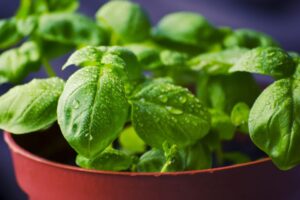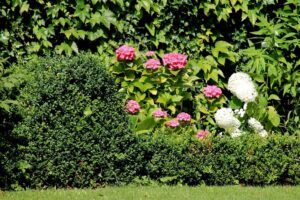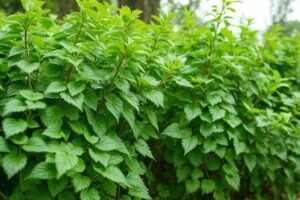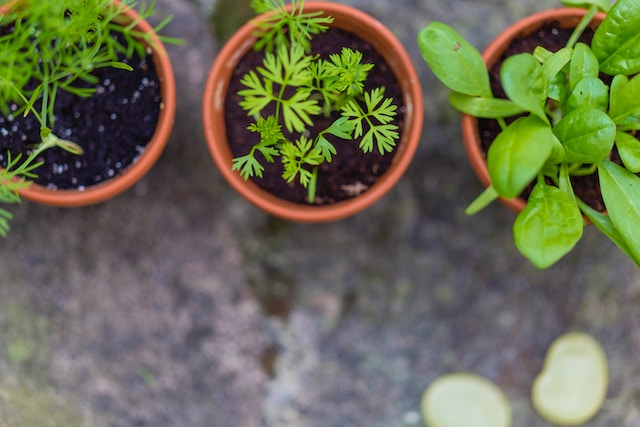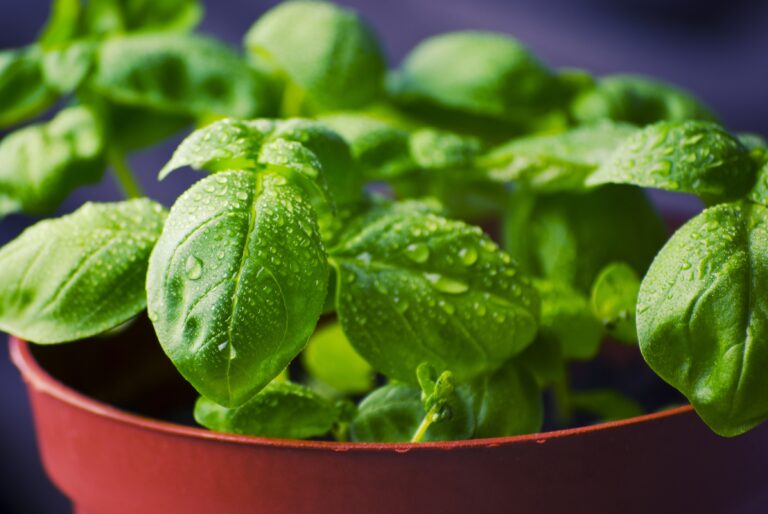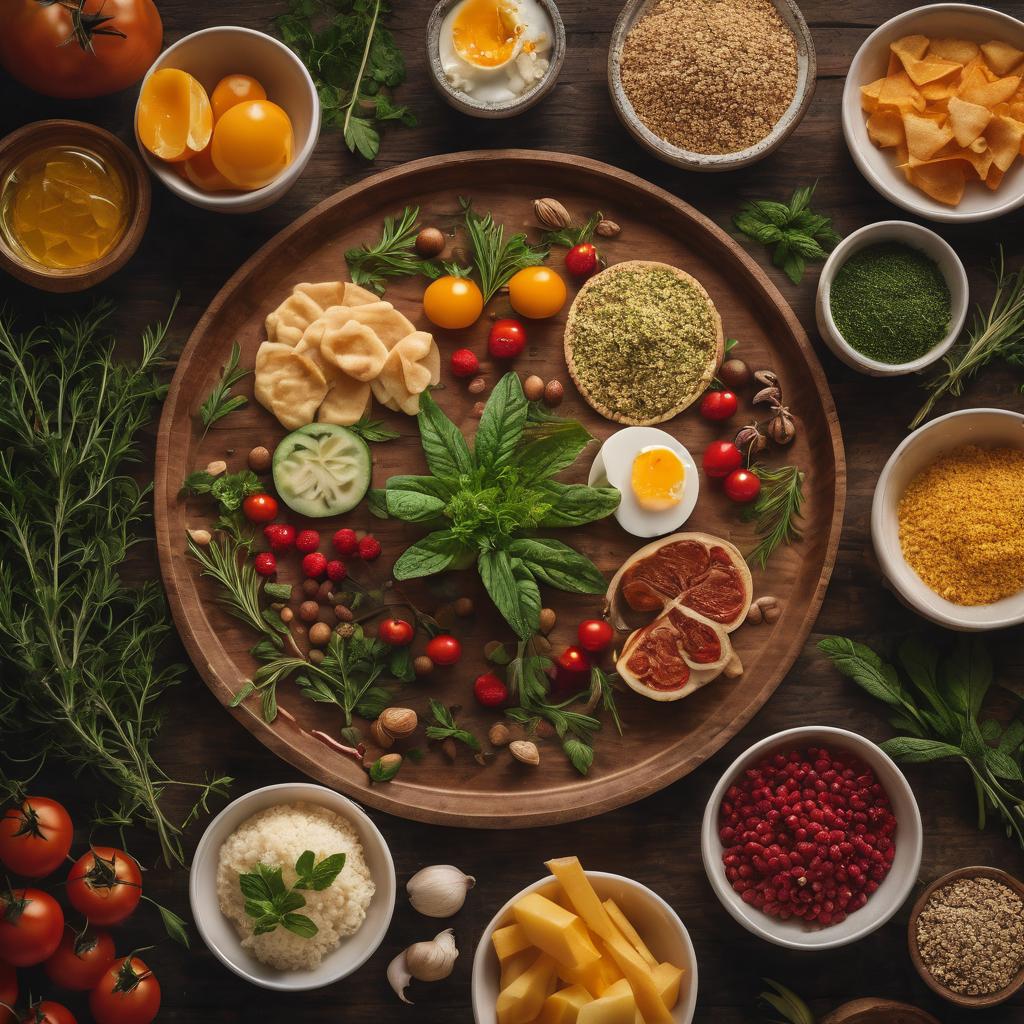Introduction
Herbs are incredibly popular, and there are many reasons why. They add flavor to your cooking, they’re beautiful and aromatic, and they can even help keep pests away from your garden if grown strategically! Growing herbs is a great way to save money on expensive purchases at the grocery store. Plus, you get to enjoy delicious food that’s fresh from your own backyard. It’s easy—and lots of fun—to grow your own herbs from seed or from cuttings if you have access to some dirt and sunlight. This guide will show you how:
Grow Your Own Herbs
Herbs are easy to grow and can be grown indoors or out. They can also be grown in pots, in the ground, or in containers. Herbs can be grown from seed or from cuttings.
- Seed: Sow seeds directly into the soil once all danger of frost has passed (usually late spring). Space plants 12 inches apart; thin them if necessary so they’re 8 inches apart when they’re up and growing well.
- Cuttings: Take 4-inch long stems with at least one leaf node on each end and dip them into rooting hormone powder before planting them about 1/2 inch deep into a potting mix (or straight into your garden if you have good drainage) filled with perlite or vermiculite for excellent drainage–you may need to water more frequently than usual until roots form because these don’t have much moisture holding capacity yet!
Determine what herbs you want to grow.
If you’re new to gardening, it’s important to select herbs that are easy to grow. Herbs like basil, parsley and mint are good choices for beginners because they are fast-growing and have a fairly low maintenance level. If you want something more challenging or are looking for something specific in your garden (like rosemary), then consider how much space the plant will need and whether or not there will be enough sunlight where you want it planted.
An excellent resource is The Complete Guide To Growing Herbs In Containers by John Scheffey (2010). It includes information on over 100 different types of herbs including how best to grow each one as well as tips on picking out containers and where best suited for indoor growing conditions (which may vary depending on where you live).
Select your herb planting containers.
When choosing your herb planting containers, there are a few things to consider. The first thing is that the container must be large enough to hold the plant and soil. You also want to make sure it has drainage holes in it so that excess water can drain out of the container when you water your herbs. The last thing you want is for them to become waterlogged or drown!
The second thing is that your container should be at least 8 inches deep so that there’s plenty of room for roots as they grow bigger over time (and when we say “a lot” here, we mean A LOT). And finally, make sure it’s at least 6 inches wide–and even better if it’s 4 inches tall too (or taller).
Prepare the soil.
Before you plant, make sure your soil is well drained and has good drainage. If it’s heavy clay, add some compost or manure to help loosen the soil. If it’s sandy, add some lime to make it more fertile. You can also add some wood ash if your plants are growing in an acidic environment (like mine).
Plant your herbs.
The first step to growing herbs is to plant them. You can do this in spring, summer or fall. It’s best to plant them in pots so that you can move them around as needed and take them indoors when the weather gets cold. If you choose not to use pots, then make sure that your herb plants are at least 6 inches apart from each other so they have room for their roots and leaves without crowding each other out.
In order for your herbs’ leaves (and therefore flavor) not be affected by shade or competition from neighboring plants such as grasses or shrubs–which will rob nutrients from their roots–they should be planted with their roots in the soil but their tops exposed directly above ground level where they can receive sunlight throughout most of each day (ideally between 8am – 5pm).
Water and fertilize regularly.
Watering is important, especially in dry weather. Water your herbs regularly, but be careful not to overwater them; this can cause root rot and other problems. If you water the soil around your plants too much, it will become soggy and difficult for roots to grow properly.
Fertilizer should also be applied regularly–every few weeks or so–with a balanced fertilizer such as fish emulsion or liquid kelp extract (which adds trace minerals). Mix it into the top 2 inches of soil with a trowel or hand cultivator if possible so that you don’t damage tender new growth on top of the plant by applying too much at once; apply only enough fertilizer so that it’s absorbed by roots within 24 hours after watering in well again afterwards
Harvest your herbs when they are ready.
When you harvest, make sure to take only what you need and leave the rest to continue growing. This will ensure that your plants stay healthy and productive.
Harvesting at the right time is important because it allows the plant’s energy to go into making new growth rather than on seed production or other reproductive processes. The best time for harvesting depends on what type of herb you’re growing: some should be harvested before they flower (basil), while others can be harvested after they flower (mint).
Anyone can grow their own herbs with a little patience and care, and it’s easy to grow them from seed if you don’t have any growing space of your own!
- Herbs are easy to grow from seed. In fact, they often sprout in just a few days when planted indoors or outdoors during the right season. They also root easily from cuttings taken in spring (or whenever the plant is dormant). They can even be divided into pieces using root divisions if you want more plants for your garden or windowsill herb garden at home.*
- There are many different types of herbs out there–and each one has its own unique flavor profile when used in cooking or baking projects.*
Conclusion
Growing your own herbs is an enjoyable and rewarding way to add flavor to your meals, but it’s also a great source of relaxation. Whether you’re looking for something new to try or just want to break up the monotony of growing tomatoes every year, there are plenty of reasons why growing herbs could be right for you!



